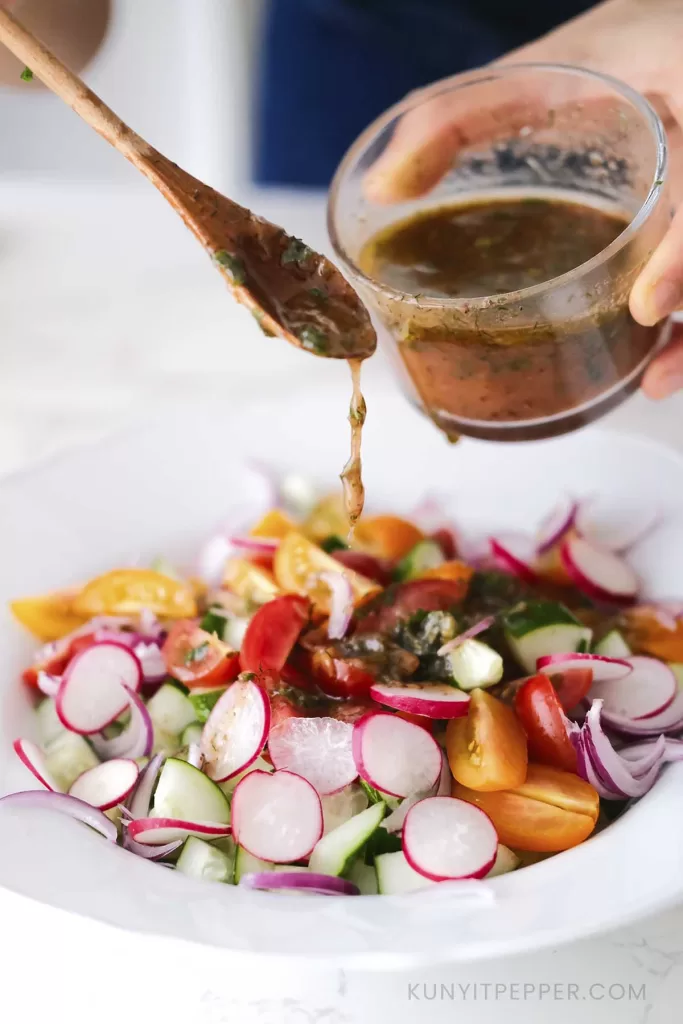
Made from a combination of freshly squeezed citrus, Mediterranean & Middle Eastern spice, and Persian herbs, this sumac sauce is a refreshing salad dressing that perfectly balances sweetness, tanginess, and a touch of herbs.
Like any other Mediterranean salad dressing, this sumac sauce is packed with antioxidants (especially Vitamin C) that might help in boosting immune system.
✏️ Antioxidant – Natural substances that help protect cells from damage, potentially reducing the risk of chronic diseases.
Thanks to the anti-inflammatory properties that are pretty much the essence of this sumac dressing, it adds some extra dose of healthiness to your salad in a delicious way.
Table of Contents
- Watch how I make this sumac dressing
- Uses of sumac in my Persian in-law’s house.
- How this Persian Sumac Sauce Came to Be
- Health Benefits of Sumac – Researched backed.
- Other anti-inflammatory ingredients in sumac sauce dressing
- Ingredients to make Sumac Sauce Salad Dressing
- Ingredients substitution
- Variation
- Salad to pair with this Persian sumac sauce salad dressing.
- FAQs
- Other anti-inflammatory salad dressings for you to try
Watch how I make this sumac dressing
I didn’t just create this Middle Eastern salad dressing out of nowhere, it was inspired by my everyday simple salad, Shirazi Salad, introduced to me by my Persian husband and his lovely mother, whom I call Maman.
I was used to basic cucumber and tomato salads, but the one Maman made back in Tehran left me a lasting impression, thanks to this one tangy ingredient: sumac.
Uses of sumac in my Persian in-law’s house.
Sumac is a common condiment in Iranian kitchens, used as a flavoring, natural coloring, rub, garnishing, and souring agent. It is also famous in Mediterranean countries.
According to my in-law’s family, sumac has been used for centuries as a traditional medicine. Some people add it to water and drink it daily, it is believed to lower blood sugar levels.
I see my father-in-law uses sumac as a table seasoning to add to his rice. You will find more health benefits of sumac below.
For Maman, sumac is used in salad Shirazi and sprinkled over kebab to enhance the meat taste. It also acts as a natural coloring for meat, making beef kebab look more red and appetizing.
I find that it enhances the meat’s flavor and reduces the fat taste a little.
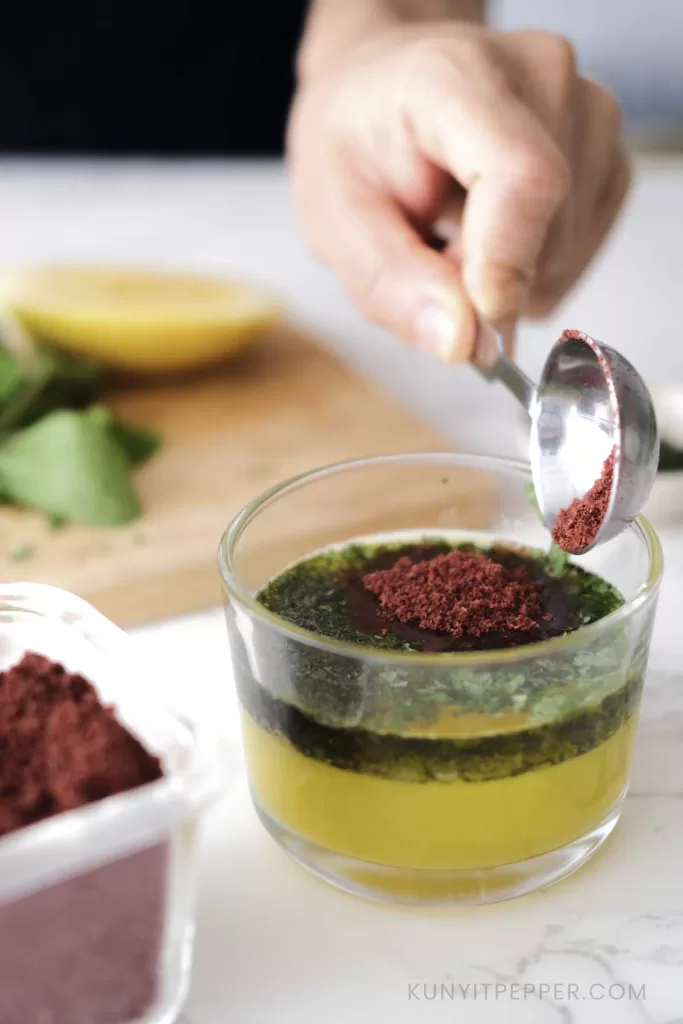
How this Persian Sumac Sauce Came to Be
Spending months with my in-laws every couple of years has made my taste buds accustomed to this spice in a salad. Thanks to the good-quality sumac Maman always packs for me and the need to prep salad dressings in advance, this sumac sauce came to life.
This sauce isn’t just about convenience, it’s a taste of home to my husband and a delicious natural anti-inflammatory sauce that I believe helps to keep my psoriasis in remission.
I figure that this sumac sauce tastes even more concentrated and better on the next day. But what makes me stick with this sumac sauce is the potential health benefits of this Middle Eastern and Mediterranean spice.
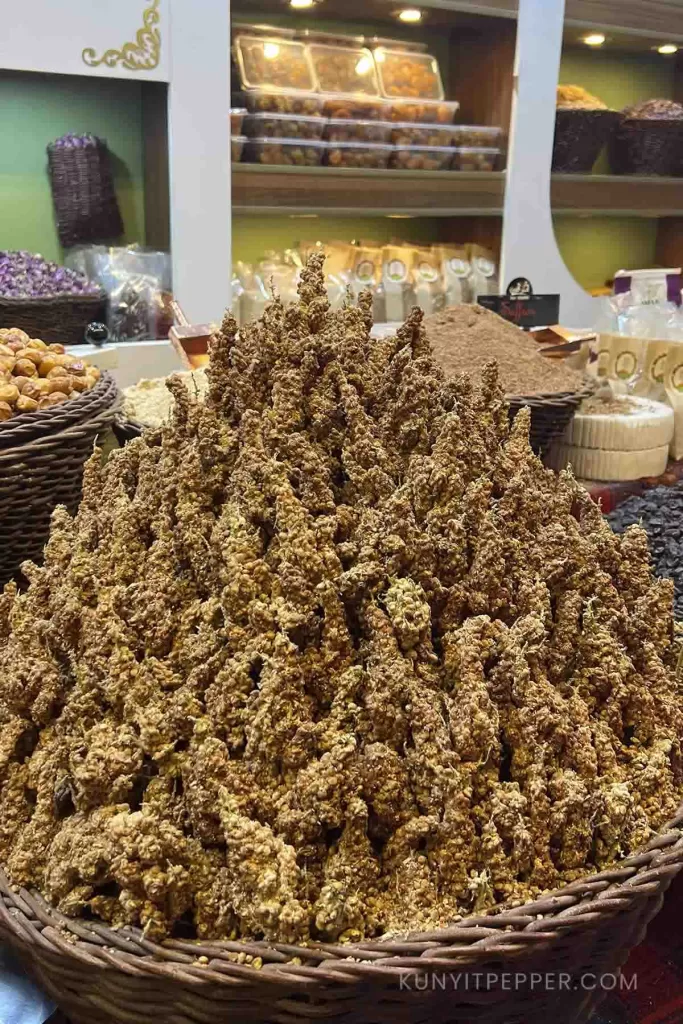
Health Benefits of Sumac – Researched backed.
Through several studies on both people and animals, it has been shown that this red spice has compounds that are beneficial to health.
Sumac is rich in plant antioxidant compounds – hydrolyzable tannins, phenolic acids, anthocyanins, and flavonoids. It is reported to have anti-microbial, anti-viral, anti-inflammatory properties, anti-cancer, anti-diabetic activities. These phytochemical compounds may help protect our body from harmful substances.
Their potential benefits include :
- Fighting germs
- Improving blood sugar levels
- Supporting heart health
- Enhancing cholesterol levels
- Reducing pain
- Boosting brain function
- Promoting dental health
- Promote gut health
- Cancer prevention
Sumac is also good for the gut. This study shows that it reduces inflammation in the stomach, such as H. pylori-related gastritis.
In short, sumac is a nutrient-rich spice with medicinal properties that might help reduce inflammation, support digestion, and boost overall health.
Apart from sumac, the rest of the ingredients in this recipe are also rich in anti-inflammatory properties, which may add nutritional value to the sumac sauce.
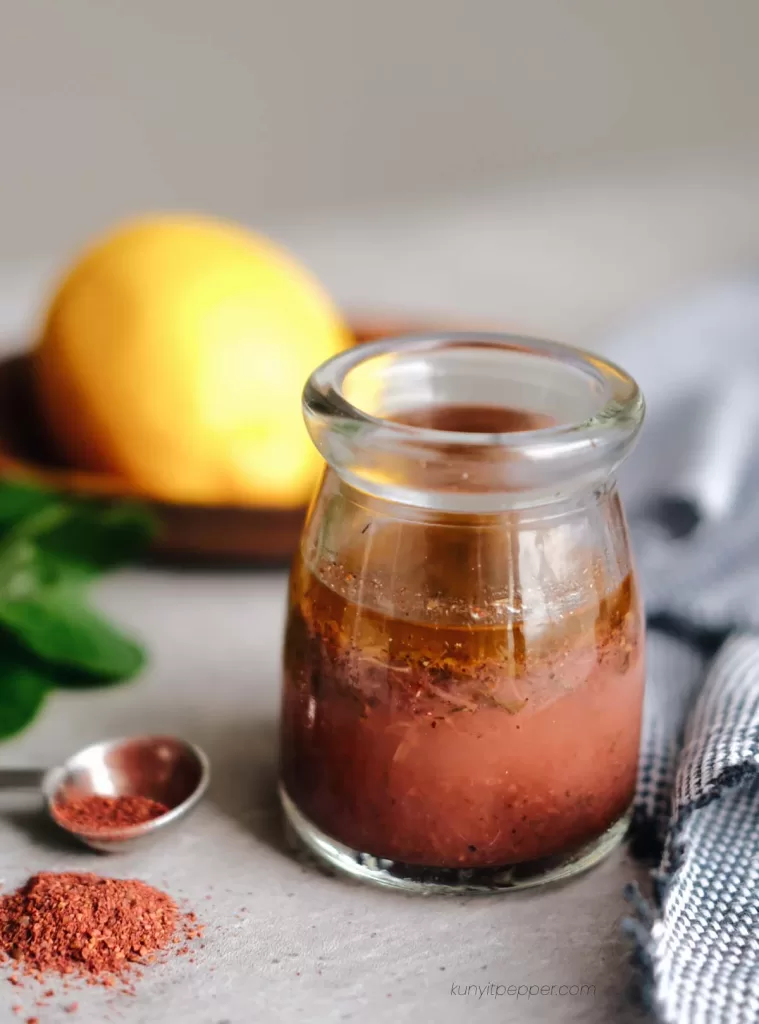
Other anti-inflammatory ingredients in sumac sauce dressing
- Extra virgin olive oil – Rich in Polyphenols
- Orange & Lemon – High in Vitamin C, which is anti-inflammatory and also a potent antioxidant to can help boost immunity
- Black pepper
- Herbs (Fresh mint and dill)
Ingredients to make Sumac Sauce Salad Dressing
- Extra virgin olive oil (1/4 cup) – Good quality extra virgin olive oil makes a huge difference in the taste of any dressing. To fully enjoy the flavor and health benefits of this dressing, I suggest using a high-quality olive oil.
- Sumac powder (1 tbsp) – When buying sumac powder, beware of the poison sumac. You can find this sumac powder in the Middle Eastern market or where they sell Za’atar. Some sumac is mixed with other ingredients or added coloring agents. Try to find one that is natural.
- Dills (1 tbsp) – I use dried dills in this recipe, but you may as well use fresh dills.
- Mint leaves (Dried : 1 tbsp of dried / Fresh : 2 tbsp ) I use fresh mint leaves. Mint leaves are common in Persian cooking. This herb revitalizes the sauce, making it so refreshing, especially during a hot day.
- Freshly squeezed lemon juice (1 lemon) – I use one whole lemon for this recipe.
- Freshly squeezed orange juice (1 orange) Orange balances the tartness from the lemon and sumac, so opt for the sweet type of orange to prevent the sauce from becoming too sour. I like to include the pulp in the sauce. It avoids waste and adds extra texture while allowing you to reap the most Vitamin C.
- Salt and freshly ground pepper – I use 1 tsp of pink Himalayan salt and about 1/4 tsp of freshly ground pepper in this recipe. Feel free to adjust the amount to your preference.
Ingredients substitution
- Lemon Juice – Substitute lemon for your choice of Vinegar. I love grape vinegar and apple cider vinegar.
- Orange juice – If you prefer a slight sweetness in your salad, I wouldn’t recommend substituting orange juice with other juices. Fresh ingredients can shorten the lifespan of the sauce. If you’re aiming for a longer shelf life, use grape vinegar, white condiment, or wine vinegar as a substitute for orange juice. It will add a mild tanginess and sweetness to your sauce.
- Herbs – Substitute fresh herbs for dried herbs.
Variation
- Add a Mediterranean twist to this sauce by adding or substituting the herb with Mediterranean herbs like Oregano, Marjoram, Parsley, or mixed Italian herbs.
- Add natural sweetness – by adding pomegranate molasses or grape molasses.
Salad to pair with this Persian sumac sauce salad dressing.
Classic cucumber and tomato salad – I make this dressing mainly for Persian Shirazi Salad as it is very simple to make, you only need cucumber, tomato, and onion. Sometimes, I add extra vegetables to it depending on what’s available in my fridge.
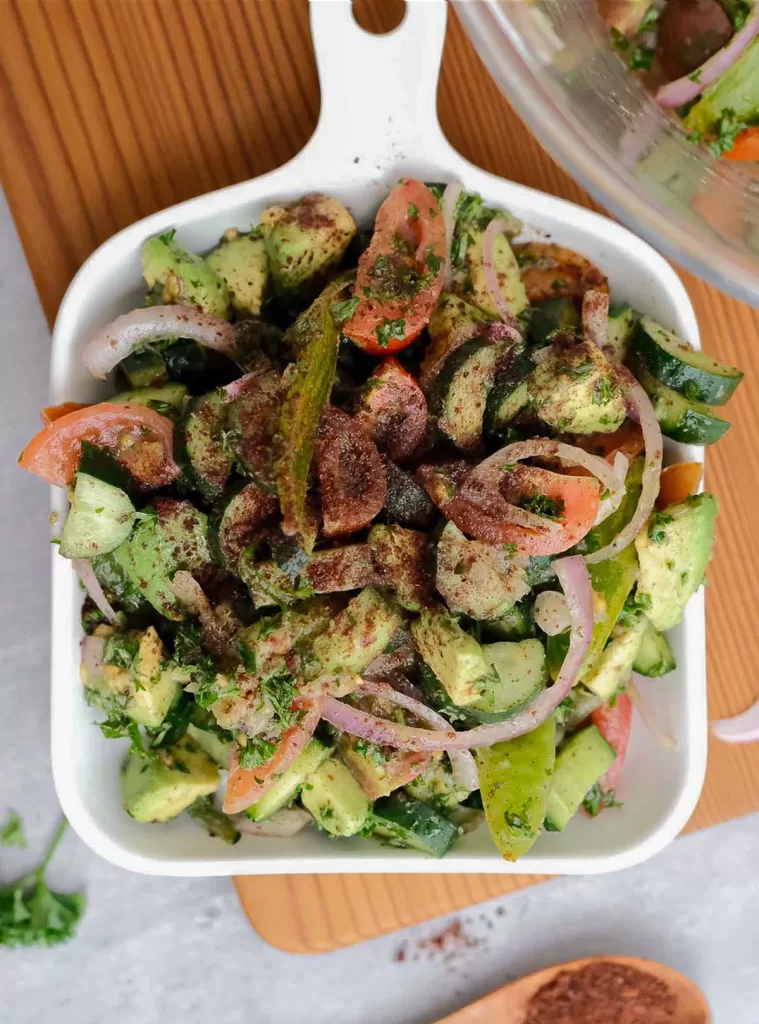
Fruit salad – Since this sumac sauce is zesty and light, it will be an excellent dressing for any fruit salad. I find it helps to balance the sweetness of fruits, adding extra tanginess.
Green salad – Gently massage crispy lettuce or spinach with this dressing for a boost of flavor and vitamin C.
FAQs
What is sumac dressing made of?
Sumac dressing varies in different recipes. Some recipes include yogurt as the primary liquid base. If you are looking for a sumac salad dressing, the main components are lemon, olive oil, and salt, together with sumac and other herbs. Since sumac is a bit sour, natural sweeteners are commonly added to balance the tartness.
Other anti-inflammatory salad dressings for you to try
Persian Sumac Sauce Salad Dressing
200
ml5
minutes0
minutes558
kcalInspired by the traditional Shirazi salad from my Persian mother-in-law, this citrusy dressing, featuring the anti-inflammatory spice sumac, pairs nicely with a classic cucumber and tomato salad. But the sky’s the limit, feel free to use it on any salad.
Ingredients
1/4 cup extra virgin olive oil
1 tbsp sumac
1 tbsp dried dills
1 tbsp Finely chopped mint leaves
Freshly squeezed lemon juice from 1 lemon
Freshly squeezed orange juice from 1 orange
1 tsp salt
1/4 tsp black pepper
Directions
- Combine all the ingredients in a jar and shake until fully incorporated.
- Add to your salad and store the remaining sauce in the fridge.
- Before drizzling this sumac sauce in your salad, always mix the sauce or shake the jar.
Recipe Video
Notes
- Do note that freshly squeezed oranges don’t stay for long, both at room temperature and in the fridge. Keep them in the fridge for up to 4 days and not more than 3 hours at room temperature.
🥣 Did you try this recipe? Let me know your thoughts in the comment below.




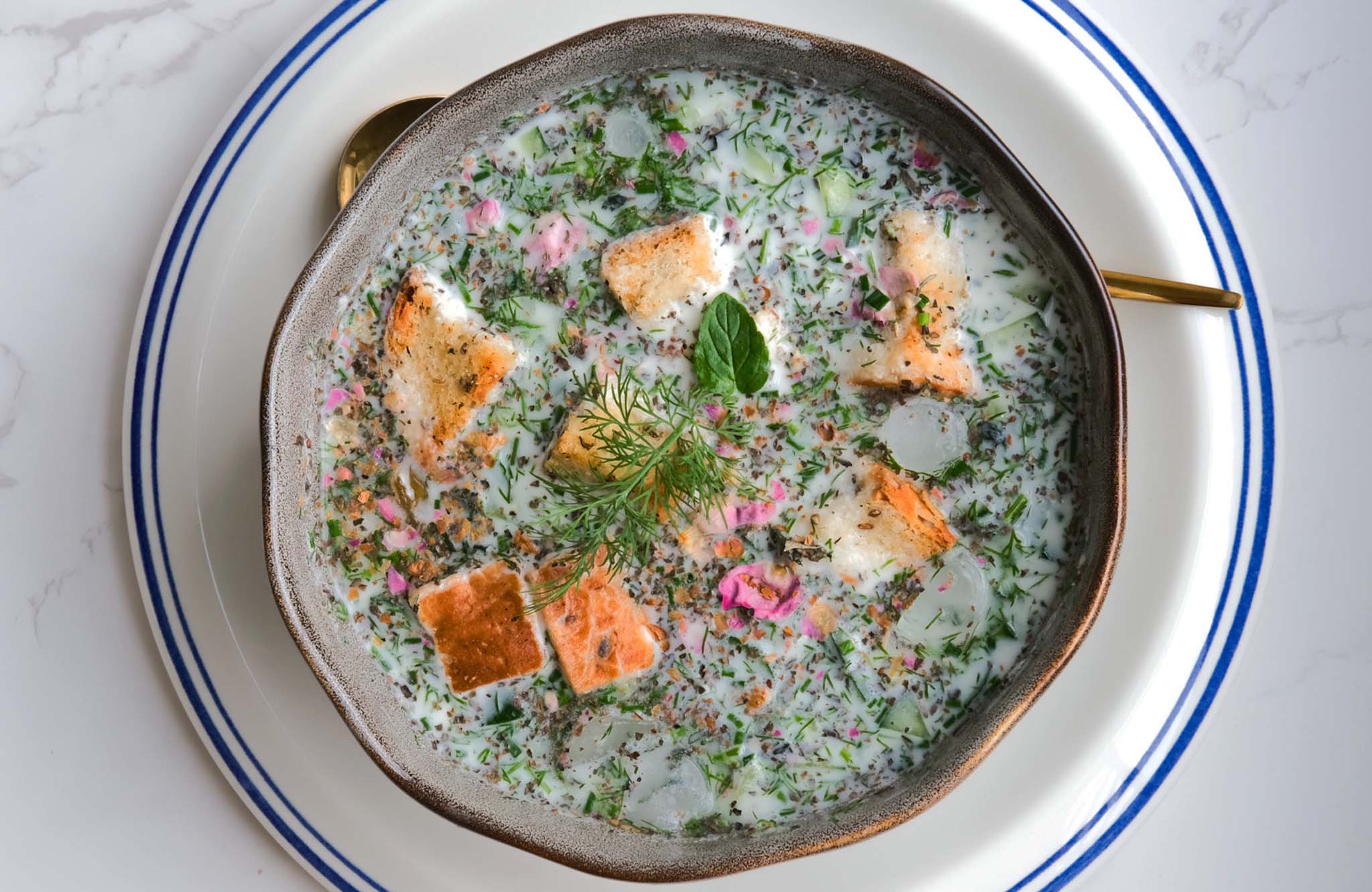



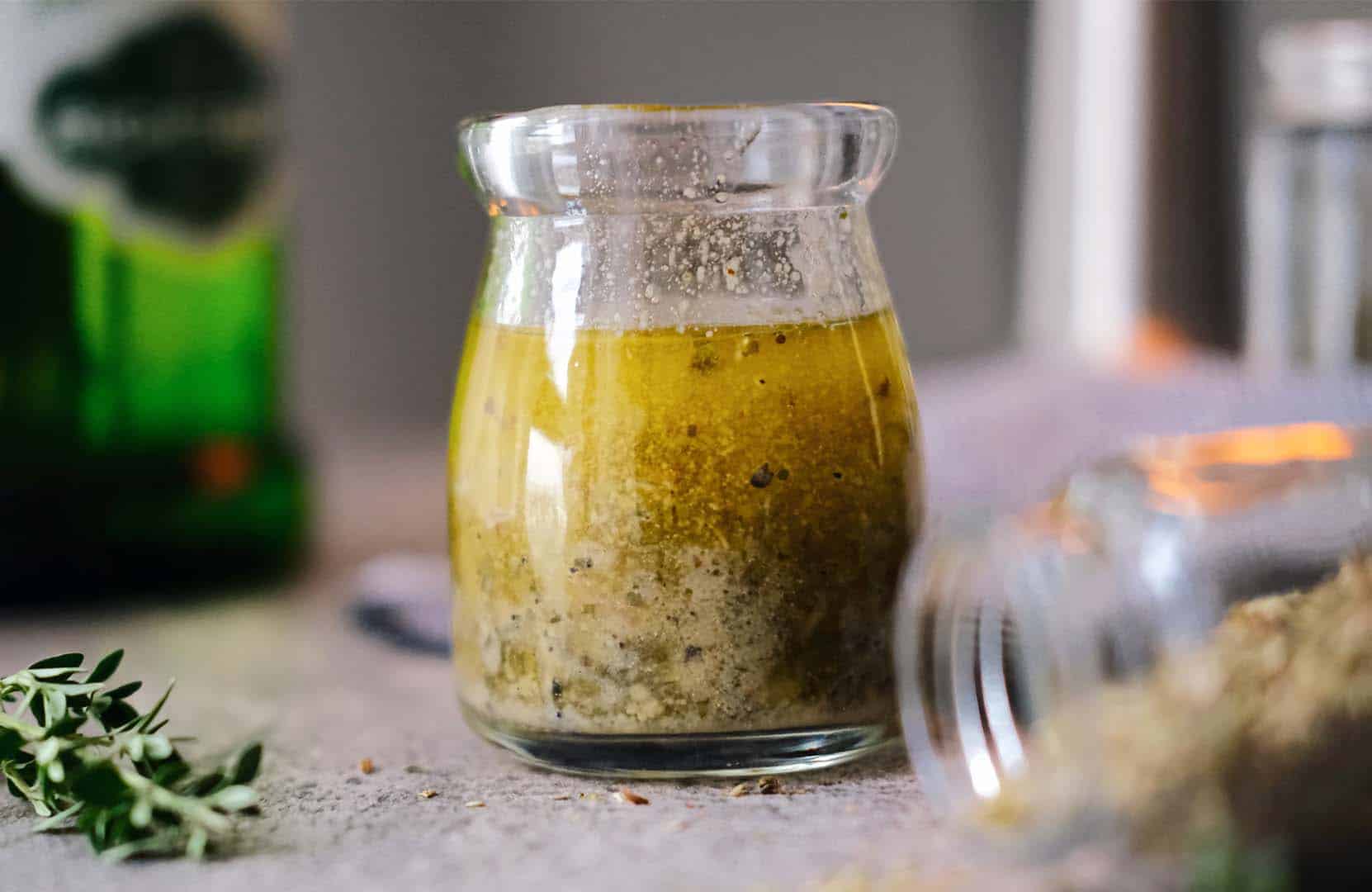
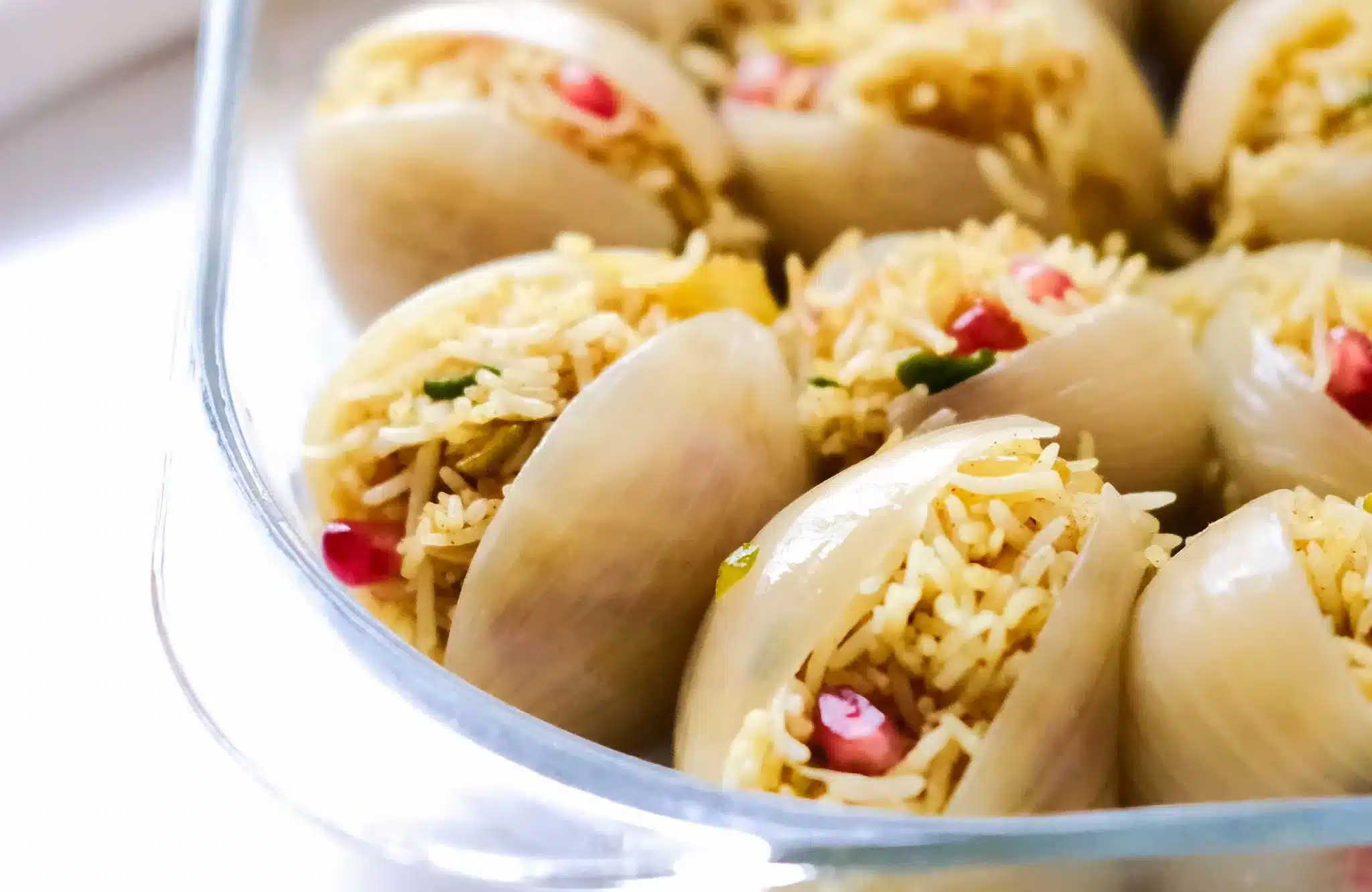
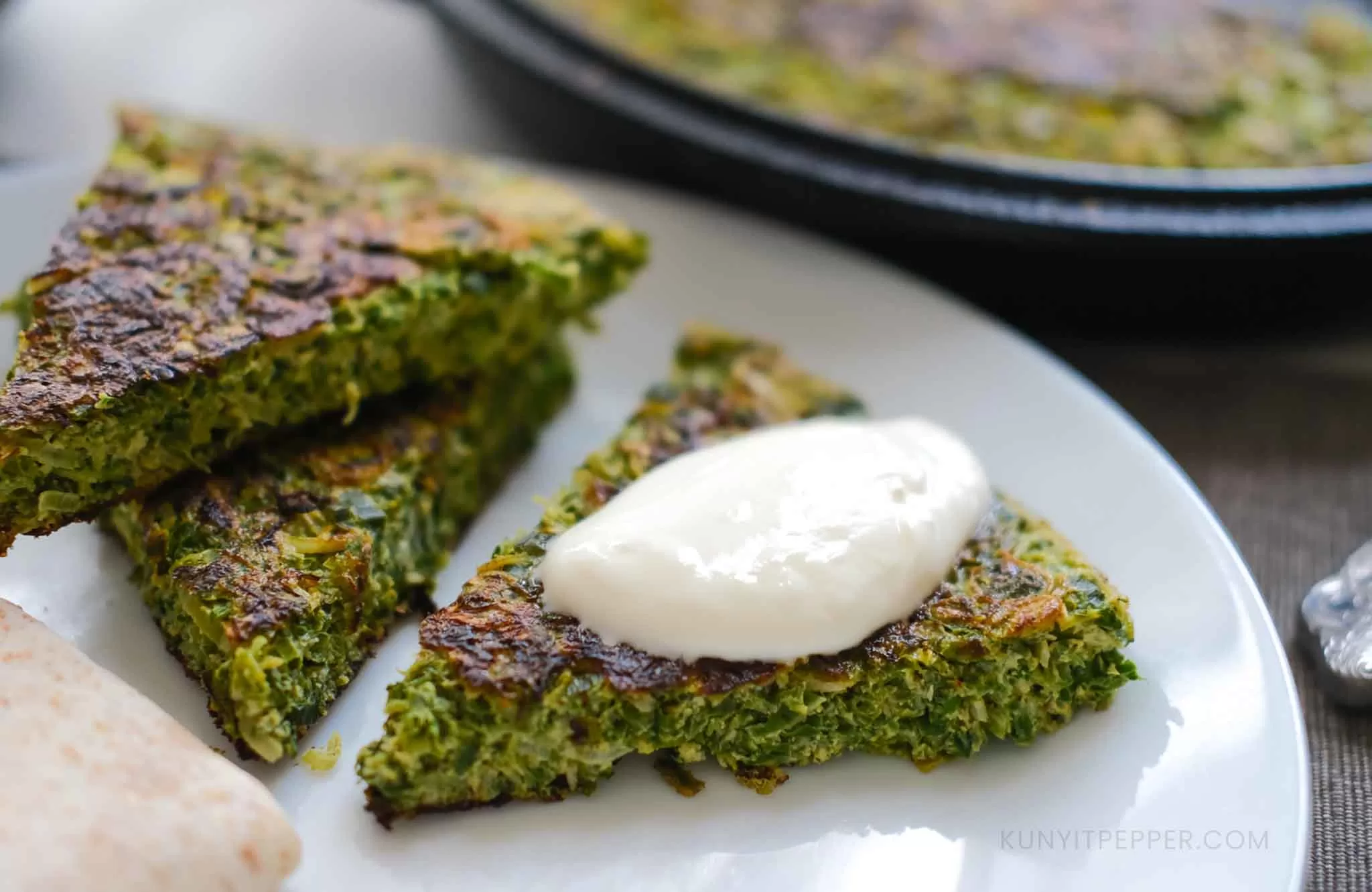
One Response
This sounds yummy. I think sumac may be my favourite spice. Unfortunately oranges don’t suit me do you know what I may use instead please?